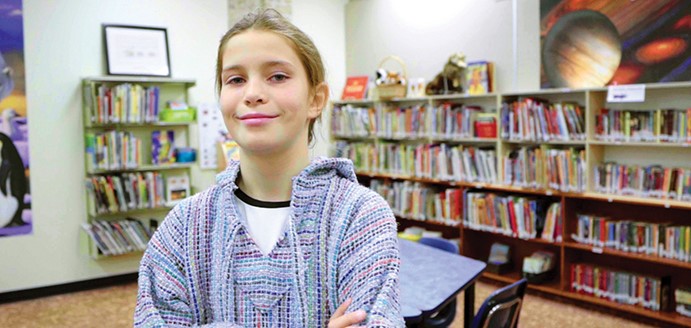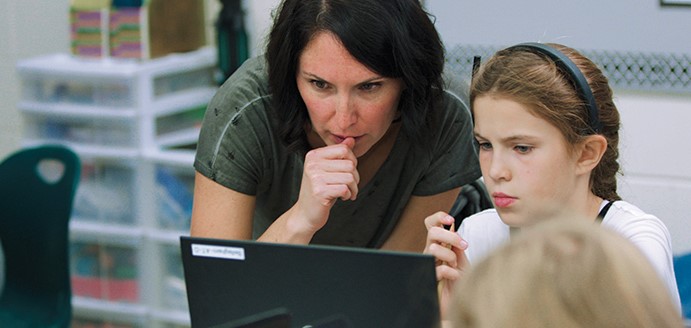Advertisement
Read this article for free:
or
Already have an account? Log in here »
To continue reading, please subscribe:
Monthly Digital Subscription
$0 for the first 4 weeks*
- Enjoy unlimited reading on winnipegfreepress.com
- Read the E-Edition, our digital replica newspaper
- Access News Break, our award-winning app
- Play interactive puzzles
*No charge for 4 weeks then price increases to the regular rate of $19.00 plus GST every four weeks. Offer available to new and qualified returning subscribers only. Cancel any time.
Monthly Digital Subscription
$4.75/week*
- Enjoy unlimited reading on winnipegfreepress.com
- Read the E-Edition, our digital replica newspaper
- Access News Break, our award-winning app
- Play interactive puzzles
*Billed as $19 plus GST every four weeks. Cancel any time.
To continue reading, please subscribe:
Add Free Press access to your Brandon Sun subscription for only an additional
$1 for the first 4 weeks*
*Your next subscription payment will increase by $1.00 and you will be charged $16.99 plus GST for four weeks. After four weeks, your payment will increase to $23.99 plus GST every four weeks.
Read unlimited articles for free today:
or
Already have an account? Log in here »
Hey there, time traveller!
This article was published 01/10/2020 (1874 days ago), so information in it may no longer be current.
A large part of a child’s education is about connection – to what they are learning and their environment. When children feel confident and accepted, they are more likely to speak up, ask questions and share their ideas. However, this can be a challenging task for educators as they navigate the intellectual and emotional barriers of their students – one individual at a time.
One Winnipeg school division, Louis Riel School Division (LRSD), believes when a student is able to engage with their classmates directly, they build confidence, grow new relationships, and contribute to the larger, flourishing school community; ultimately providing a more well-round education, and foundation for a successful life.
‘Thriving Learners ∞ Flourishing Communities’ is the division’s motto. And if you noticed the infinity symbol, it’s not there by accident. Rather, a design decision to visually convey the diverse student population and goal of unification for all.

More than one-third of their school’s students are French immersion, and 5,234 of the 15,500 — one third of their population — are enrolled in the second official language program. 13 per cent of students self-identify as Indigenous, and among that total population there exists many instances of students who are diagnosed with learning disabilities including ADHD, dyslexia, low cognition and autism as well as students who struggle with motor difficulties. In such cases, reading and writing can be incredibly difficult.
The good news for teachers everywhere, but especially for students, is that there are innovative and proven tools to assist students (both at risk and otherwise) that are now available from Microsoft.
“Embedded into Microsoft Office are Learning Tools,” says Robert George, school psychologist with LRSD. “These applications help improve reading and writing for all learners – regardless of age or ability.”
In other words, this technology has the ability to not only improve the way curriculum is being taught, but also its efficacy.
With a focus on education across the globe, Microsoft has designed technology to create environments that enhance learning and improve student integration into the class room.
“What excited me most about these tools was finding new and different ways to help students reach their potential,” says George. “One of our goals was to keep students with their peers. However, in order to reduce the achievement gap, we needed to leverage Microsoft technology.”
Differentiated learning allowed teachers to be able to see measurable learning outcomes. But perhaps even more impressive was that it gave students the opportunity to feel included in a way that hadn’t existed before. The results indicated a boost in cognitive absorption, confidence and collaboration.

Language is the vehicle of connection. It conveys hope and transcends generations. It is essential for effective communication and a vehicle to far off and imagined lands.
To learn more about Microsoft’s Learning tools for yourself or your classroom, visit aka.ms/learnaboutdyslexia today.

This article is produced by the Advertising Department of the Winnipeg Free Press, in collaboration with Microsoft

